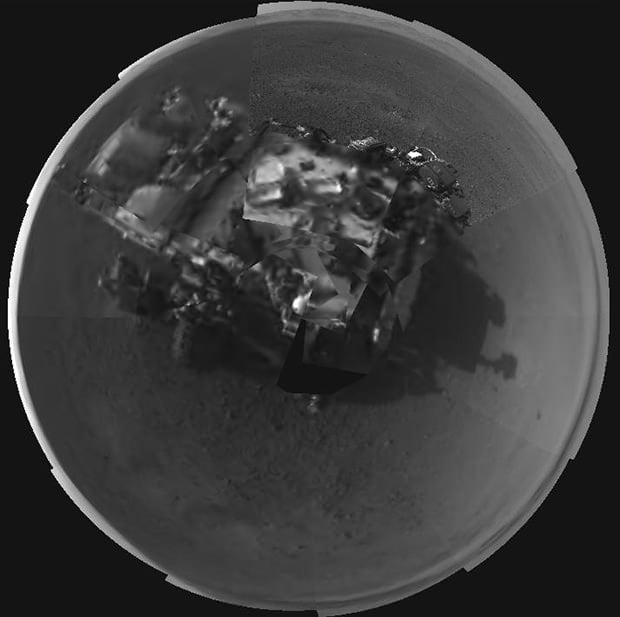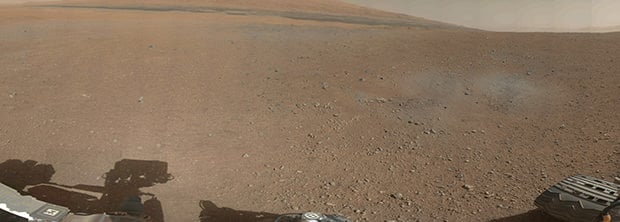Why the Mars Curiosity Rover’s Cameras Are Lame by Today’s Standards

Ever since NASA’s Curiosity rover landed on Mars and started beaming back photographs earlier this week, people have been wondering, “why are the photos so bad?” The criticism seems merited: consumers these days are snapping great high-res photographs using phones that cost just hundreds of dollars, yet NASA can’t choose a camera with more than 2-megapixels of resolution for their $2.5 billion mission?
In an interview with dpreview, project manager Mike Ravine of Malin Space Science Systems — the company that provided three of the rover’s main cameras — explains that there were a couple main reasons behind the “lame” cameras: data transfer and fixed specifications.
This channel can only transfer about 250 megabits of data per day (~31 megabytes). Given the fact that this “data plan” is shared by other instruments on the rover as well — a “family plan”, if you will — you can see why it’s beneficial to shoot lower-res images.
Another big hindrance to better image quality is the fact that the rovers specifications need to be set in stone early on. Since these projects generally take a number of years before the missions are launched, it’s easy for the chosen equipment to become somewhat outdated by the time the launch date rolls around. Ravine states,
These designs were proposed in 2004, and you don’t get to propose one specification and then go off and develop something else. 2MP with 8GB of flash [memory] didn’t sound too bad in 2004. But it doesn’t compare well to what you get in an iPhone today.
The lower megapixel count actually doesn’t affect that much: to obtain higher resolution photographs, NASA can always shoot multi-exposure panoramas that are stitched together in post. That’s precisely what they’re doing:

Ravine also mentions that zoom lenses were once considered for inclusion in the rover’s camera bag, but were abandoned after design issues arose.
Mars rover camera project manager explains 2MP camera choice [DPReview]